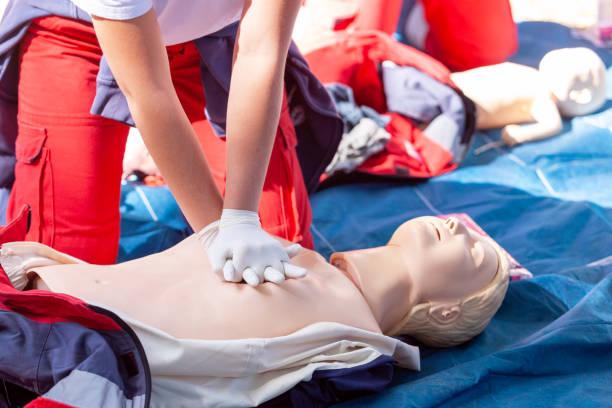How to Become a Certified Respirator Fit Tester: A Step-by-Step Guide
Respirators are a critical component of workplace safety in many industries, from construction and manufacturing to healthcare and hazardous materials handling. But even the best respirator is only effective if it fits properly. That’s where certified respirator fit testers come in.
If you’re wondering how to become a fit tester, or you’re interested in providing this service within your organization, this guide will walk you through everything you need to know—from training and tools to procedures and certification.
What Is a Certified Respirator Fit Tester?
A certified respirator fit tester is someone who has completed the required training and is qualified to perform respirator fit tests according to established safety standards. These professionals ensure that workers’ respirators form a proper seal, protecting them from airborne contaminants, dust, and hazardous substances.
There are two main types of fit tests:
- Qualitative Fit Testing (QLFT) – uses substances like saccharin or Bitrex to test the seal.
- Quantitative Fit Testing (QNFT) – uses specialized equipment to measure the amount of leakage into the respirator.
Step-by-Step: How to Become a Fit Tester
Becoming a certified fit tester requires more than just learning how to run equipment. You’ll need the right combination of training, practical skills, and understanding of safety regulations. Here’s a step-by-step breakdown:
1. Understand the Regulatory Requirements
Before getting started, familiarize yourself with the standards set by your governing body. In Canada, respirator fit testing must comply with CSA Standard Z94.4-18 and applicable provincial regulations. Employers are responsible for ensuring workers are fit tested annually or whenever a change in respirator type or facial structure occurs.
2. Enroll in a Respirator Fit Testing Certification Course
To become a certified respirator fit tester, you must complete an approved training program. These courses typically include:
- Overview of respirator fit test procedures
- Respirator types and applications
- Hands-on fit testing practice (both qualitative and quantitative)
- Recordkeeping and documentation
- Legal and safety responsibilities
Courses can often be completed in one to two days and may be offered in person or online with practical components.
3. Get Hands-On Experience
Practical, hands-on experience is a critical part of the process. During training, you’ll learn how to:
- Conduct pre-screening and medical questionnaires
- Perform proper mask selection and user seal checks
- Administer both qualitative and quantitative fit tests
- Identify and resolve common issues
Mastering respirator fit test procedures ensures you can confidently and correctly test others in real-world settings.
4. Maintain Your Certification
Most respirator fit testing certification programs require renewal every few years to stay current with best practices and regulation changes. Keeping your skills up to date is essential, especially as new respirator models and standards evolve.

Need Help Getting Certified?
If you’re located in British Columbia and looking for a trusted provider of respirator fit testing training, Peak Safety Training in Burnaby, BC is here to help. Their experienced instructors provide comprehensive, hands-on training that meets CSA and WorkSafeBC standards.
Whether you’re new to fit testing or need a refresher, Peak Safety Training offers personalized support and practical instruction to get you certified and confident. Reach out today to learn more about course availability, group training, or on-site services.
Conclusion
Becoming a certified respirator fit tester is a valuable skill that helps protect workers and maintain regulatory compliance. By following proper respirator fit test procedures and completing a recognized respirator fit testing certification program, you’ll gain the knowledge and confidence needed to ensure every mask fits like it should.
Ready to get started? Contact Peak Safety Training and take the first step toward making your workplace safer.
Disclaimer
The information provided in this blog post is for educational and informational purposes only. It should not be considered legal or regulatory advice. Readers are encouraged to consult the official Occupational Health and Safety regulations and WorkSafeBC guidelines to ensure full compliance with all applicable requirements in their specific workplace or industry.




